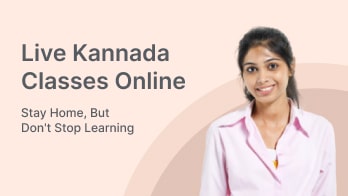Top Kannada words you must learn
Kannada was designated as a classical language in 2008, and it is thought to be at least 2500 years old, making it India’s third oldest language after Sanskrit and Tamil. Kannada is one of India’s 22 official languages as well as 14 regional languages. Kannada is spoken in around 20 dialects (Ethnologue). They’re usually divided into three categories: northern, southern, and central. The nearby languages, such as Tamil, Telugu, Marathi, and others, have influenced many of the dialects.






